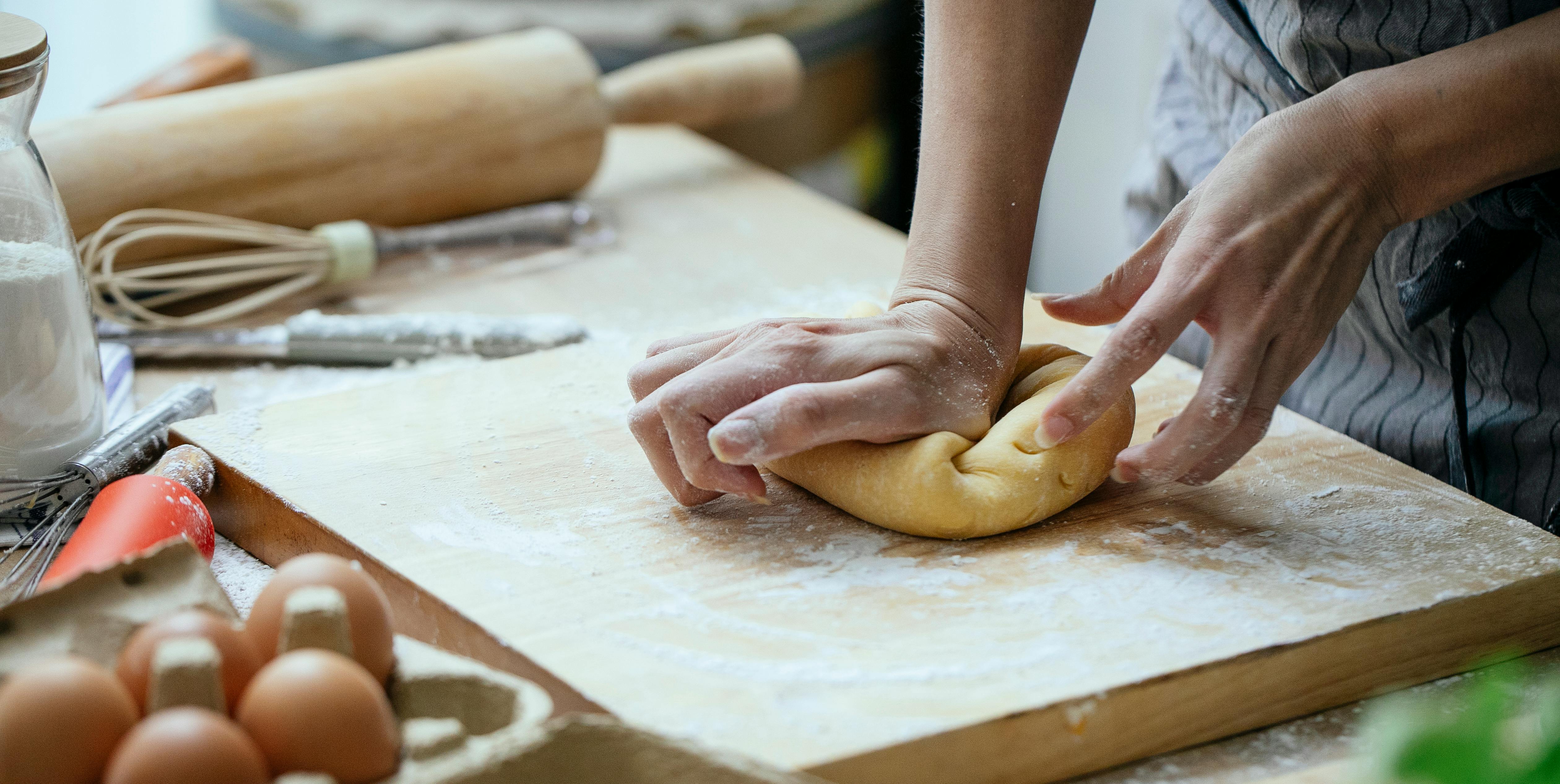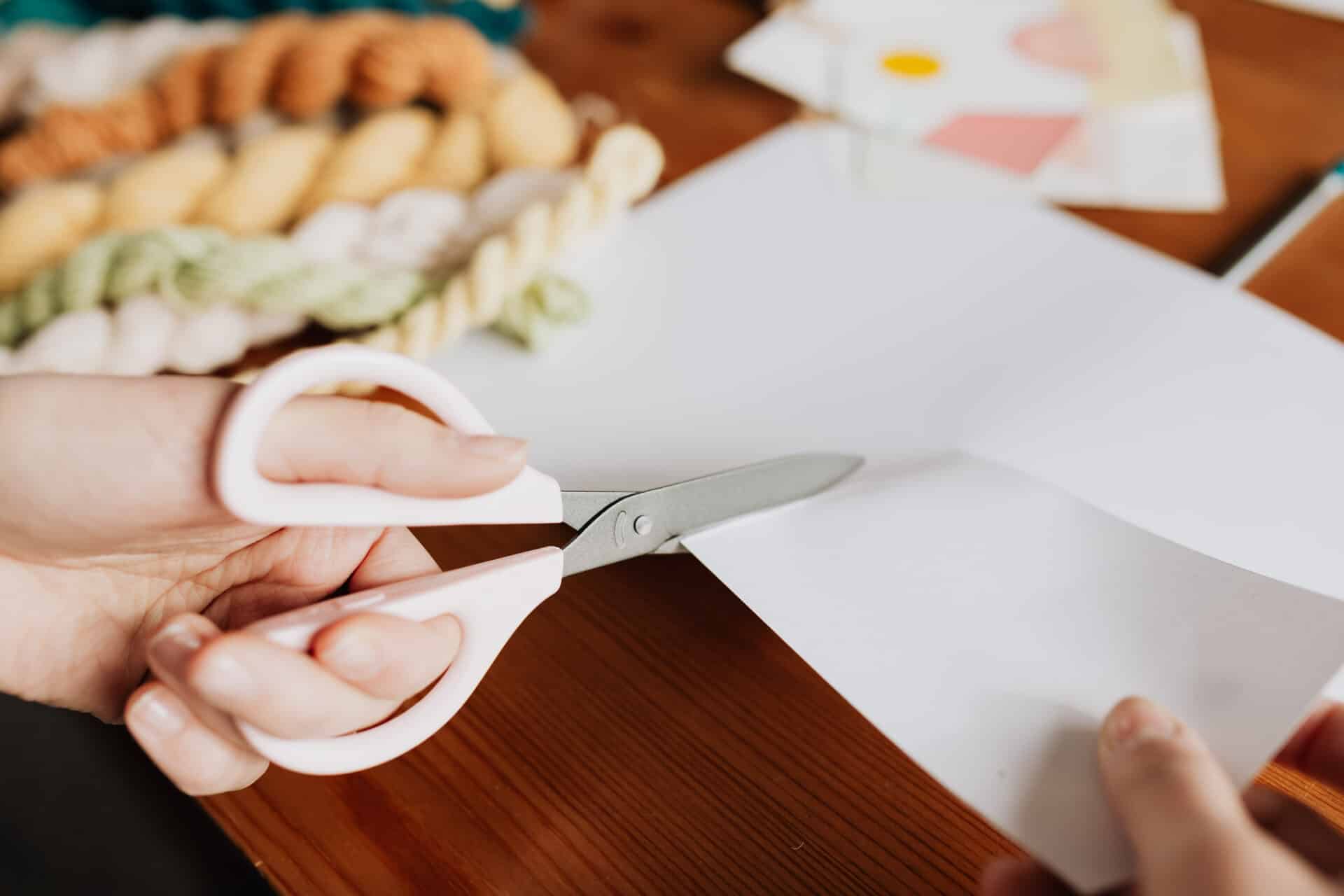Distilling Techniques To Achieve Desired Cuts
Distillation is the process of removing impurities from a liquid, and it is often used to create alcoholic beverages such as whiskey and gin. The distillation process involves boiling a liquid to separate its components and condensing the vapors that are produced. Distilling techniques can be used to achieve different cuts of the distillate, which will vary in taste and aroma. One way to achieve a desired cut is through fractional distillation, which involves slowly heating the liquid and collecting different fractions at different temperatures. This allows for more precise control over the flavor profile of the final product. Another technique is called pot still distillation, which uses a single vessel to boil and condense the vapor without separating out different fractions. This method produces a higher percentage of alcohol in the final product but also has more variability in flavor. By carefully controlling temperature, pressure, and time during distillation, it is possible to achieve desired cuts that will yield an alcoholic beverage with unique characteristics.

Boiling Temperatures And Vapor Pressure Used In Distillation
Distillation is a process used to separate liquids or gases based on their boiling point. Boiling temperatures and vapor pressure are two important parameters when it comes to distillation. The boiling temperature of a liquid is the temperature at which its vapor pressure is equal to the atmospheric pressure, while the vapor pressure is the pressure exerted by the vapor of a substance. This pressure is dependent on the temperature of the substance and can be used to estimate its boiling point. By controlling these two parameters, distillers are able to separate different liquids or gases from one another.
The boiling point of a liquid is determined by its vapor pressure, which in turn depends on the temperature of the liquid. As the temperature increases, so does its vapor pressure and therefore its boiling point. For example, water has a normal boiling point of 100°C (212°F) at sea level, but it will boil at lower temperatures if there is less atmospheric pressure or if it is heated to higher temperatures. Similarly, different substances have different boiling points depending on their molecular structure and other properties.

